Iran has developed a totally native defence capability as a result of sanctions
Four decades ago, on 22 September 1980, a day etched in the collective Iranian consciousness, Iraqi airstrikes took the country by surprise. Eight major Iranian airbases and four military installations were targeted. Iran was a sitting duck.
War had come to the newly minted Islamic Republic of Iran, a war which would persist for eight years, culminating in a frenzy of chemical attacks on military as well as civilian targets. Washington was not only aware of this but was also actively assisting Saddam.
Iran, being one of the oldest civilizations in the world, being no stranger to politics and war, well aware of the importance of defences, has always kept a well trained and fully equipped army.
Iraq, with a confidence born of western support and assistance, imagined at the time that it was faced with a vulnerable new-born state. It was gravely mistaken. Iran fought back, nail and claw, surprising the world with its refusal to be demoralized. Iran has worked relentlessly on its defence industry and weapon production capabilities ever since.
A little less than ten years ago, CIA documents released to the public domain, provided incontrovertible proof of US complicity with Saddam Hussein’s dirty war on Iran; the chemical attacks 2/3 of which were launched in the last 18 months of the war.
Western complicity with Bathist Iraq.
In international law, the 2001 law on State responsibility stipulates that if a state commits an act of aggression, other states that provide assistance, or become complicit, will be held responsible. By extension, Western governments are complicit in Saddam’s crimes.
In international law, we have also the concept of Derivative Responsibility according to which any state helping in any way whatsoever an act of aggression, a war, war crime, and crimes against humanity, genocide and the crimes notified by the International Criminal Court (ICC) should be held responsible.
Ahmad Momeni Rad, Faculty of Law and Political Science, University of Tehran
In this instance collaborators are not just guilty of complicity with Iraq’s use of chemical weapons, but engagement in an illegal offensive.
Disclosed documents and interviews show US involvement.
Top CIA officials, including William J. Casey, Director of Central Intelligence, were told about the location of Iraqi chemical weapons assembly plants and Iraq’s desperate attempt at making enough mustard gas. They were told that Iraq was about to speed up production of chemical-packed artillery rounds and bombs by buying equipment from Italy; and they were also told that Iraq might use nerve agents on Iranian troops and civilians.
Who else assisted Iraq?
Countries like Britain, France, whose Mirage aircraft was the most advanced warplanes used by Saddam in his war on us, Italy, Belgium, and even so-called neutral nations like Switzerland and Sweden aided Saddam in his war on us. Arab governments were almost unanimously standing with Saddam, ranging from Jordan who provided $5 billion to Saddam and deployed 5,000 troops on the Iraqi warfront in addition to transferring Western military gear to Iraq via the Red Sea, to Saudi Arabia, the United Arab Emirates and Kuwait. For instance, Kuwait and Saudi Arabia sold together 250,000 b/d to 300,000 b/d of oil per day and funneled its money into Saddam’s account. All oil producers in the region, particularly Arab governments, threw their weight behind Saddam.
Hossein Naqavi, Former Member of Parliament
US duplicity
Lieutenant Colonel Rick Francona, the Middle East hand who served in the National Security and the Defense Intelligence Agencies, said he became aware in 1984 of Iraq’s use of chemical weapons against Iran, namely, the Tabun nerve agent.
The U.S. had firm evidence of Iraqi chemical attacks beginning in 1983. Iran was publicly alleging that illegal chemical attacks were carried out on its forces.
In fact, in 1988 during the final days of the imposed war, the United States learned something important through satellite imagery: that Iran was about to gain a major strategic advantage by exploiting a hole in Iraqi defenses. The U.S. was not going to keep that to itself. It informed Iraq of the location of Iranian troops to Iraq, knowing that Bathist Iraq would attack with chemical weapons, including the nerve agent sarin.
Despite their holier than thou humanitarian claims the west, in particular the USA, not only secured Saddam’s ability to launch missile attacks against Iran, but also gave Iraq material and intelligence assistance, resulting in chemical attacks on civilians, Iraqi as well as Iranian.
The Americans’ claims of advocating human rights have proven to be untrue for pundits and free thinkers. Everyone can see the crimes happening in Yemen and in Gaza. In Gaza, the child-killing regime is committing crimes with US weapons. In Yemen, the weapons used by Al Saud against oppressed people are supplied by the US and Britain. Who can now believe the US’s slogans of defending human rights? Even in the streets of cities across the US you can see that people are treated violently for crying their rightful demands. A major characteristic of the hegemonic power is deception and hypocrisy.
Hassan Kazemi Qomi, Former Ambassador to Iraq
The last of Iraq’s chemical attacks, was distastefully called the “Blessed Ramadan Offensive”. Launched just after the Persian New Year in April 1988, it was Iraq’s most extensive use of sarin.
How and why did the war start?
Saddam’s ambitions and opportunism are clear. But it is not likely he would have attacked without the tacit approval of a world power.
In November 1979, a group of revolutionary university students took over the US embassy compound in Tehran, known since as the den of espionage. 52 Americans were detained.
The US subsequently severed diplomatic relations and froze Iran’s assets in America. It even held back on delivering fighter jets Iran had paid for. Of course, the US embassy affair was not the reason for this.
They felt that with the victory of the Islamic Revolution in Iran, a new concept would emerge in the region, which would be based on two pillars: opposition to dictatorship and opposition to Western dominance on Muslim nations. Therefore they decided to use the Baathist regime and Saddam Hussein, whom they helped bring to power in 1960, as a tool against the Islamic Republic of Iran. The objective was to draw Iran into a military conflict with a view to undermining the Islamic Republic. That was the main reason for the US’s support for Saddam. They didn’t want the idea of the Islamic Revolution to spread across nations in the region to weaken Israel’s clout with the countries in the region.
Hossein Sabah Zanganeh, Former Ambassador to Organization of Islamic Cooperation
Where did this leave Iran?
Given Western sanctions, Iran had very few places to turn to; for example to Libya and North Korea for the simplest military and missile equipment.
Prior to the Islamic Revolution of Iran, the King Mohammad Reza Shah Pahlavi, may have overspent on arms, partly to help his more powerful allies by paying tribute; referring to American and Britain. But what was actually delivered was a bear necessity that came handy in the war waged on this country.
The Shah had paid upfront for a vast amount of military equipment. But even that was denied Iran after the revolution. Not just that. Here’s what happened to thousands of tanks bought from Britain: Iran had paid for them in the 1970s. But they were sold on to Iraq! So during the war, Iran was basically turned on by its own tanks!
Throughout the war, access to foreign-made weapons was limited. After the war, there was some openness, but in practice no important agreement was signed for the purchase of warplanes, missiles and even defense equipment like tanks. The Islamic Republic had no option but to brace for self-sufficiency in manufacturing weapons. Of course, absolute self-sufficiency never occurs anywhere. Even the US is not fully self-sufficient in weapons manufacturing. It enjoys cooperation from other states. However, the Islamic Republic moved towards self-sufficiency in weapons manufacturing. Missile was the top priority. Variations of missiles were manufactured gradually. They were designed by Iranian engineers and scientists. Some measures were undertaken in warplane manufacturing. By applying reverse engineering, warplanes were built. Tanks, armored personnel carriers and arms were manufactured domestically. The Islamic Republic of Iran then turned to IT and cyber power.
Hossein Sabah Zanganeh, Former Ambassador to Organization of Islamic Cooperation
Iran retakes usurped territory.
Supported from all sides, in September 1980 the Iraqi army stealthily advanced along a broad front into Iran’s south-western Khūzestān province. It captured the city of Khorramshahr but failed to take Abadan the important oil-refining centre. By December 1980 Iraq had control of 80–120 km inside Iran.
For Saddam Hussein this was a long-lost dream come true. But it didn’t last long. Iran’s counterattacks by conventional and revolutionary armed forces, began to loosen Iraq’s grip in 1981. Iranians pushed the Iraqis back across the Kārūn River and then recaptured Khorramshahr in 1982.
Iran cannot be held down.
Boycotted, Iran’s Air Force, the IRIAF, had to learn how to single-handedly keep its large fleet of U.S.-built aircraft and, helicopters operational. Thus Iran began establishing its own aerospace industry. For some time the country’s main focus in strengthening its defences has been on missiles.
How would a renewed arms embargo impact Iran?
In honor of National Defence Industry Day 21 August, Iran displayed two new missiles: a ballistic missile with a range of 1,400 km and a cruise missile with a range of 1,000 km. That’s going from 300 km to 1,000 km in less than two years. It’s a great achievement born of need.
The breakthrough in missile pinpoint precision is important. After Iran launched attacks on Daesh or US forces carried, in addition to a military message, a message about the precision of Iranian missiles. It was a strategy that would definitely worry American authorities as such precise missiles could strike the costly warships deployed in the region or US military bases in the region. The US is now deployed near Iranian borders. Iran has not had enough time to invest in warplane manufacturing. Instead it has invested in missile and unmanned plane manufacturing. Missiles and drones, when combined, can give Iran a power of deterrence.
Abbas Aslani, Tasnim News Agency
The missiles are named after General Qassem Soleimani and Iraqi militia leader Abu Mahdi al-Muhandis, who were assassinated by the US at Baghdad's international airport just after New Year 2020.
These highly accurate precision missiles are based on inaccurate Scud type derivatives, however, Iran is now producing much more accurate models and in far greater numbers. For example, the Fateh-313 used in the January 2020 strike on U.S. bases in Iraq, in retaliation FOR the very Soleimani assassination!
Iran has also succeeded in diversifying its offensive capabilities by developing cruise missiles and strike drones.
US sanctions will definitely fail. We have been slapped with tough US sanctions. American and Western officials say the sanctions have been crippling. But we have employed our local know-how and creative young manpower in order to fill our needs. As the proverb goes, necessity is the mother of invention. We needed weapons, but no state would accept to give us. Therefore we tried to supply our needs through our own young scientists who are concerned with their nation.
Ahmad Momeni Rad, Faculty of Law and Political Science, University of Tehran
Strategic missile defense system.
The ability to manufacture, or accumulate, arms and weapons systems is all good and well, however, the ability to wield them efficiently, with an appropriate strategy, is of even greater significance.
Iran adopted its defensive/deterrent military doctrine in the mid-1980's, the main focus of which has been the development of long-range ballistic missiles to be used by irregular forces in asymmetric warfare.
That involves cooperation with regional non-state players and a focus on geography, since Iran is geostrategically located. It sits astride waterlines such as the strait of Hormoz and has within its targeting range energy fields and commercial landmarks, the destruction of which would disrupt the global economy.
Iran is determined to avoid a repetition of the “War of the Cities” in which hundreds of thousands of Iranian civilians were killed by Iraqi missiles.
As a regional power, Iran must try to ensure its own security to be able to defend itself in case of any conflict with its regional rivals. However, there are some trans-regional powers that may pose threats. The most important among them is the US whose presence Iran views as a serious threat. Iran calls for the departure of US forces from the region because their presence causes tensions and insecurity. In order to be on par with the nations equipped with advanced military hardware including warplanes and warships Iran has to invest huge military spending, but it’s impossible due to its budget limitations. Therefore, it has to look for Plan B. For this purpose, it can invest in asymmetrical warfare.
Abbas Aslani, Tasnim News Agency
The forward defense doctrine.
Following the US invasion of Iraq in 2003, Iran sensed a new and more serious threat on its doorstep. By 2005 it developed the “mosaic defense” doctrine. There is still a focus on naval and air-defense, to disrupt the enemy’s control of sea and air lanes,but it also employs an asymmetrical approach by the IRGC and regular ground forces, mobilizing a large, dispersed militia force to engage in a war of attrition.
Since 2012 Iran has been adding an offensive dimension to its defense capabilities by adopting hybrid warfare, which includes the use of “unmanned explosive boats, naval mines, submarines and advanced torpedoes, armed and attack UAVs, anti-ship and land-attack cruise missiles [and] anti-ship ballistic missiles.”
Known as the “forward defense” doctrine, it recommends fighting opponents off, outside Iran’s borders, before they get too close. Its four dimensions are proxies, drone and naval guerrilla warfare and cyber capabilities and intelligence operations.
Missile range based on needs assessment.
Iran has developed a fully homegrown missile industry and manufactured various solid and liquid-propellant missiles, although the range of the projectiles has been restricted to 2,000 kilometres in keeping with the country’s needs and defense policies.
Iran is set to boost the output as well as the quality of a variety of missiles with high maneuverability.
More than 90 percent of the arms demands are supplied domestically with the help of 5,700 private companies, including 655 knowledge-based firms, according to Defence Minister Brigadier General Hatami.
Should Iran be concerned by possible arms embargo?
With over 80 million population, Iran is one of the most populated countries in west Asia, with the largest armed forces in the region. That’s over a million active and reserve personnel.
Arms sales constitute a lucrative market, which may compared with the oil market. Many countries are gaining big revenue from military sales. For its part, the Islamic Republic of Iran has made major military achievements over the past 40 years. Our surface-to-surface, surface-to-sea and surface-to-air missiles, tanks and other sectors we have done a lot. But sanctions prevent us from supplying them on the market. However, if the sanctions are lifted, which should be lifted according as provided for in the Iran nuclear deal, Iran would face no restrictions in selling arms across the region.
Hossein Naqavi, Former Member of Parliament
Having your own equipment as well as your own people to strategize and put the equipment to use, and nothing else, can guarantee military independence.
No country, no establishment seeking independence, national dignity and sovereignty will never agree to tie its security and defense power to any foreign power and element. Any country tying its power to another one will suffer humiliation. I give you a clear example. Today, post-modern and extra-industrialized Europe is not independent in realistic terms because of its security and economic dependence on the US. Europe can make no international decision outside the US’s willpower. Why? It is because after World War II, the Marshal Plan was implemented and NATO was established by the US for the so-called purpose of ensuring Europe’s security. I believe that even in the cause of unjust sanctions against Iranian people, without US pressure, Europe would not be engaged to such extent in the sanctions. Even at its current level, it’s unjust. It is because Europe’s security depends on the US.
Hassan Kazemi Qomi, Former Ambassador to Iraq
VIDEO | Press TV's news headlines
VIDEO | Tehran hosts gathering highlighting shared belief in promised savior
VIDEO | Iran, Oman discuss regional developments, bilateral ties
VIDEO | Russia 2024 Review - Putin’s reelection, BRICS+, terrorism highlight the year
VIDEO | Qasem Soleimani: An Immortal Legacy
VIDEO | Gaza beset by calamities
825 Israeli forces killed in Gaza since war started: Daily
VIDEO | Jordanians condemn Israeli attack on Kamal Adwan hospital


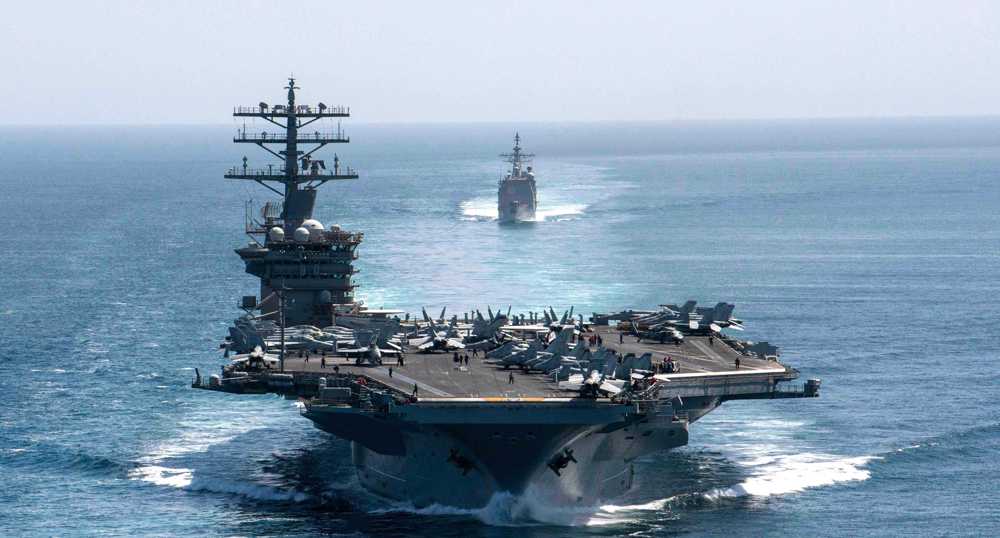






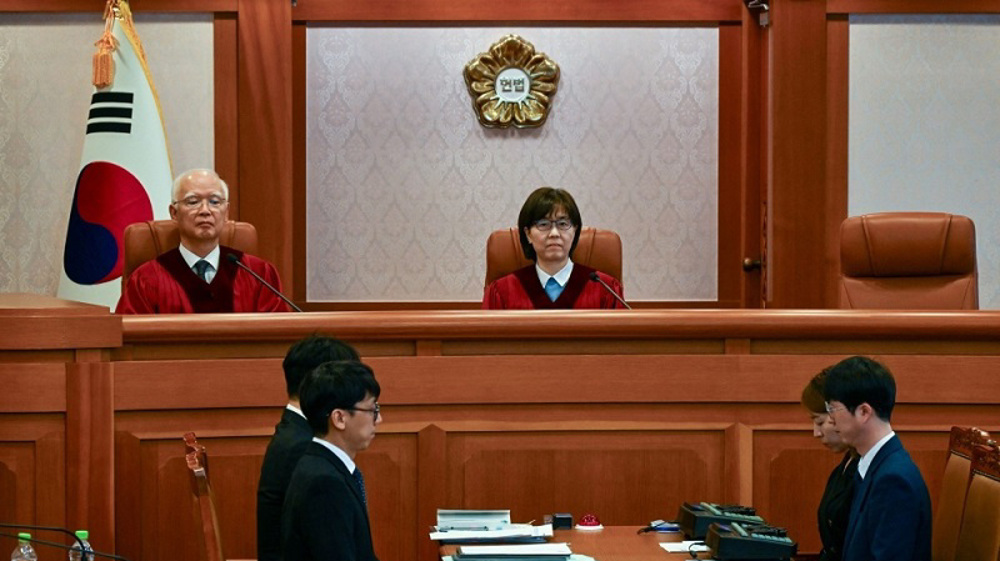

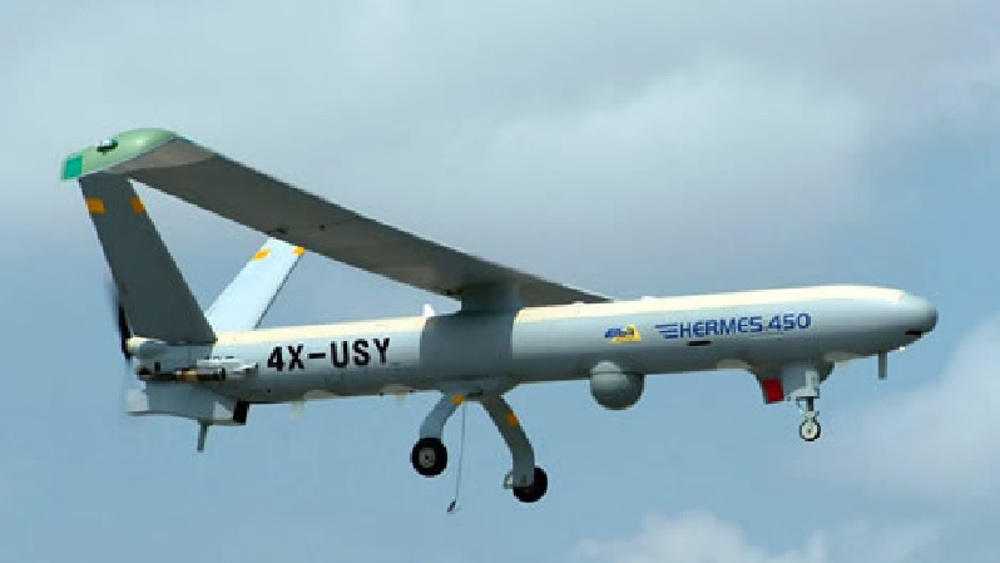



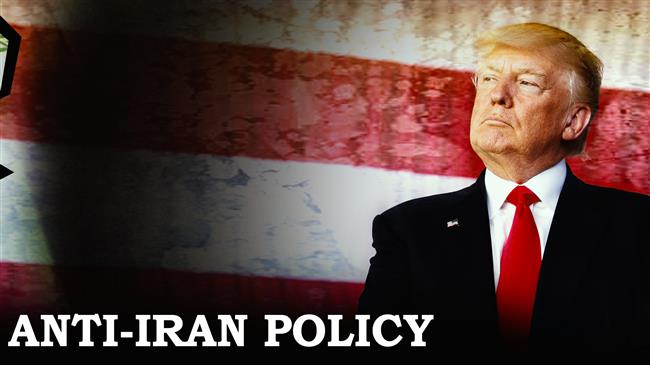


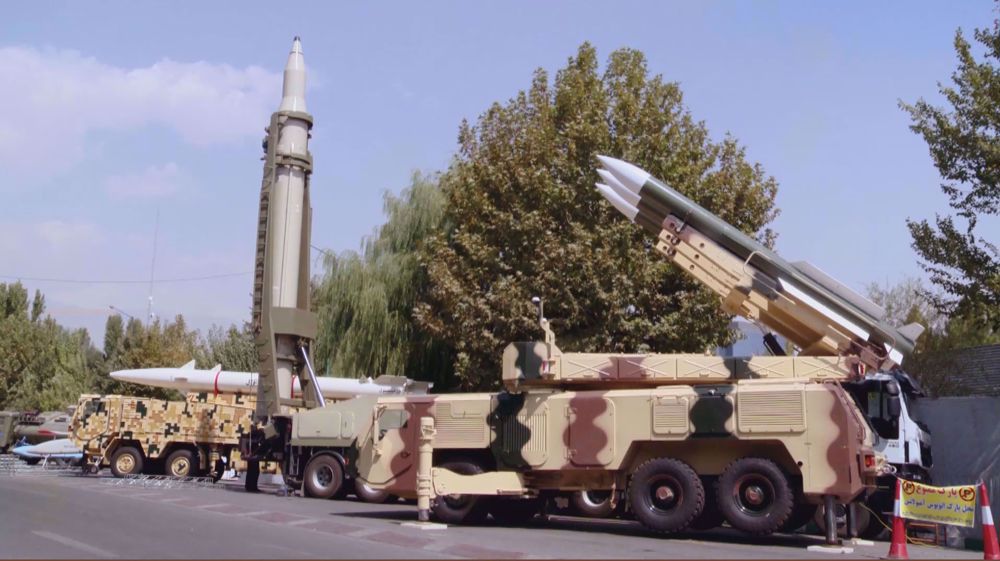
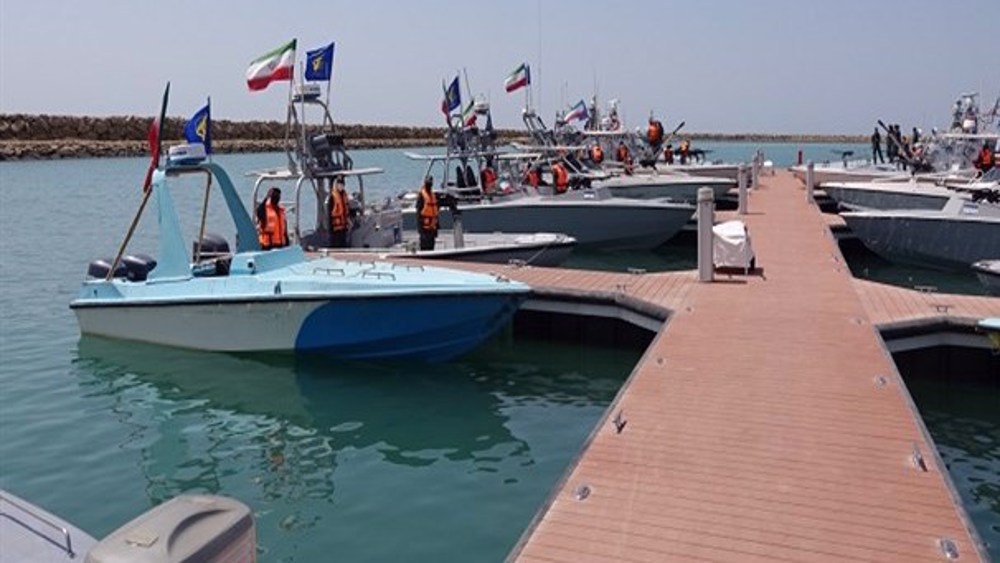
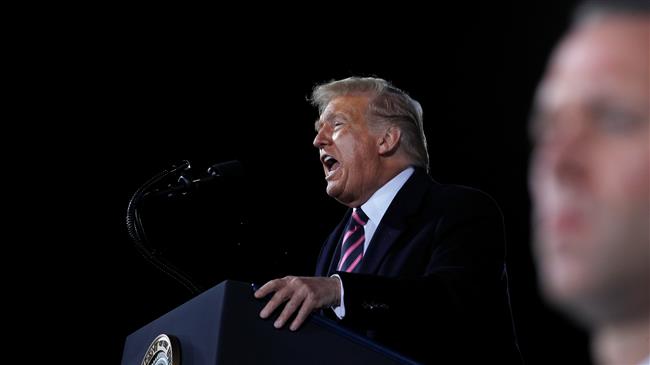
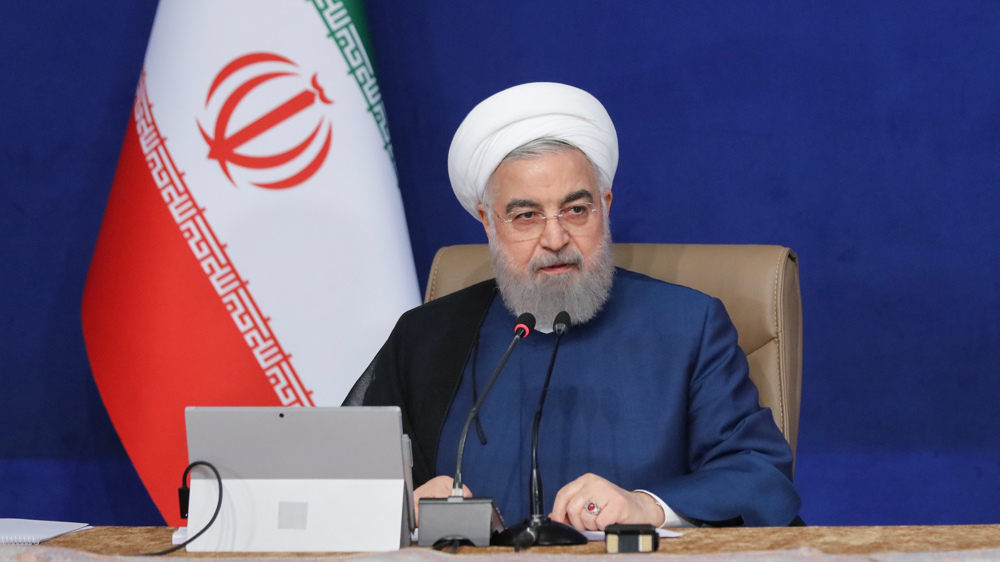
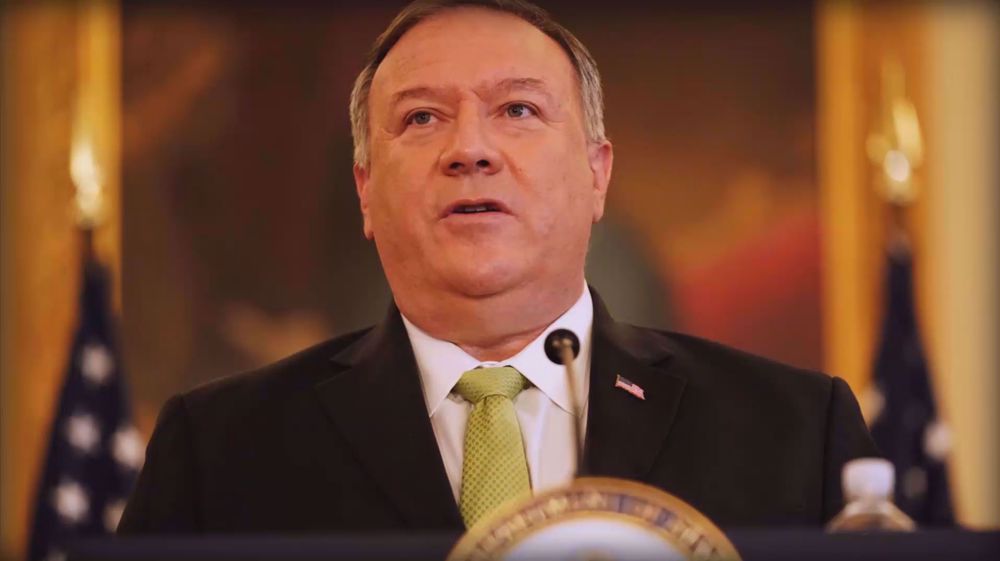

 This makes it easy to access the Press TV website
This makes it easy to access the Press TV website